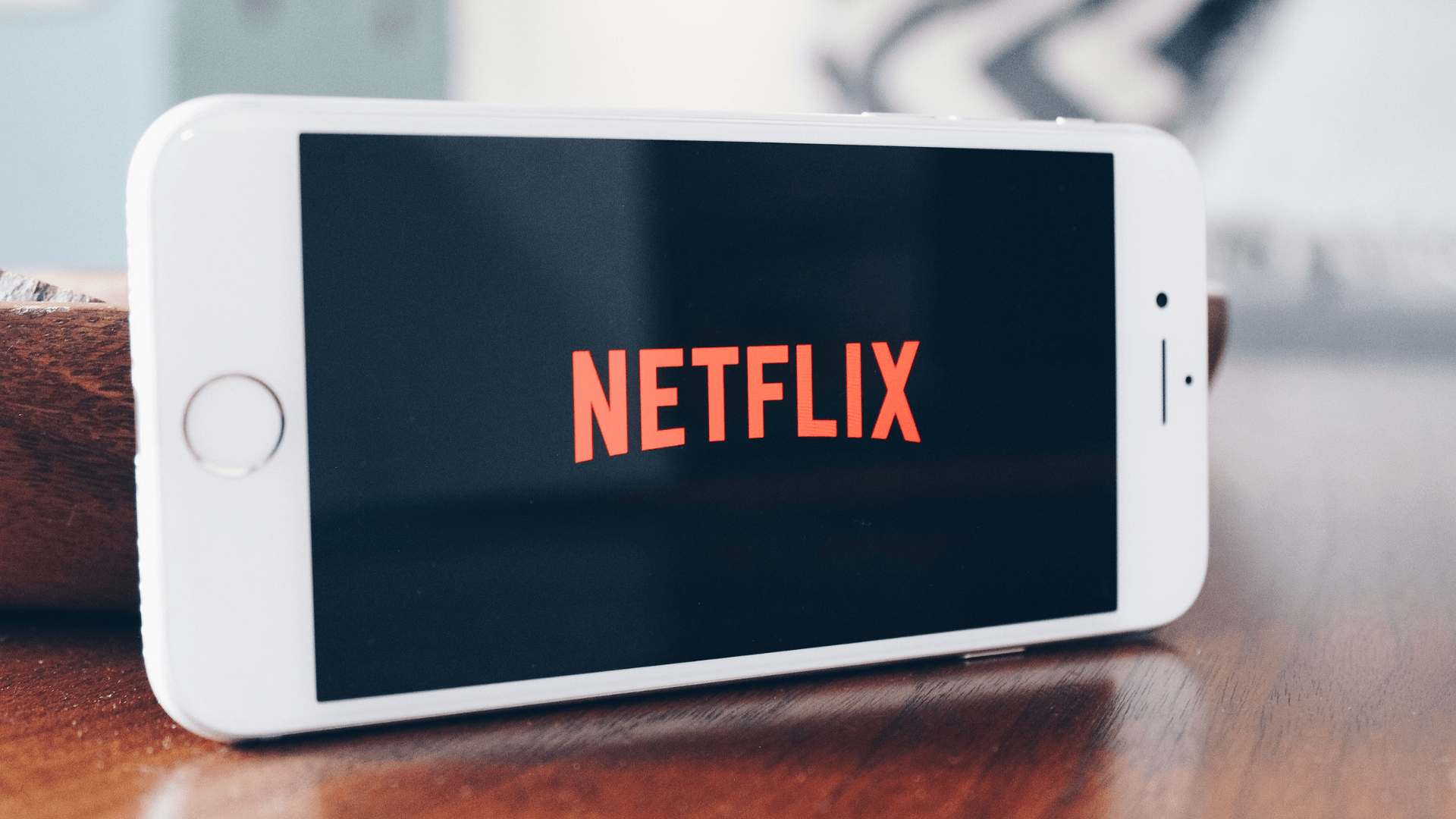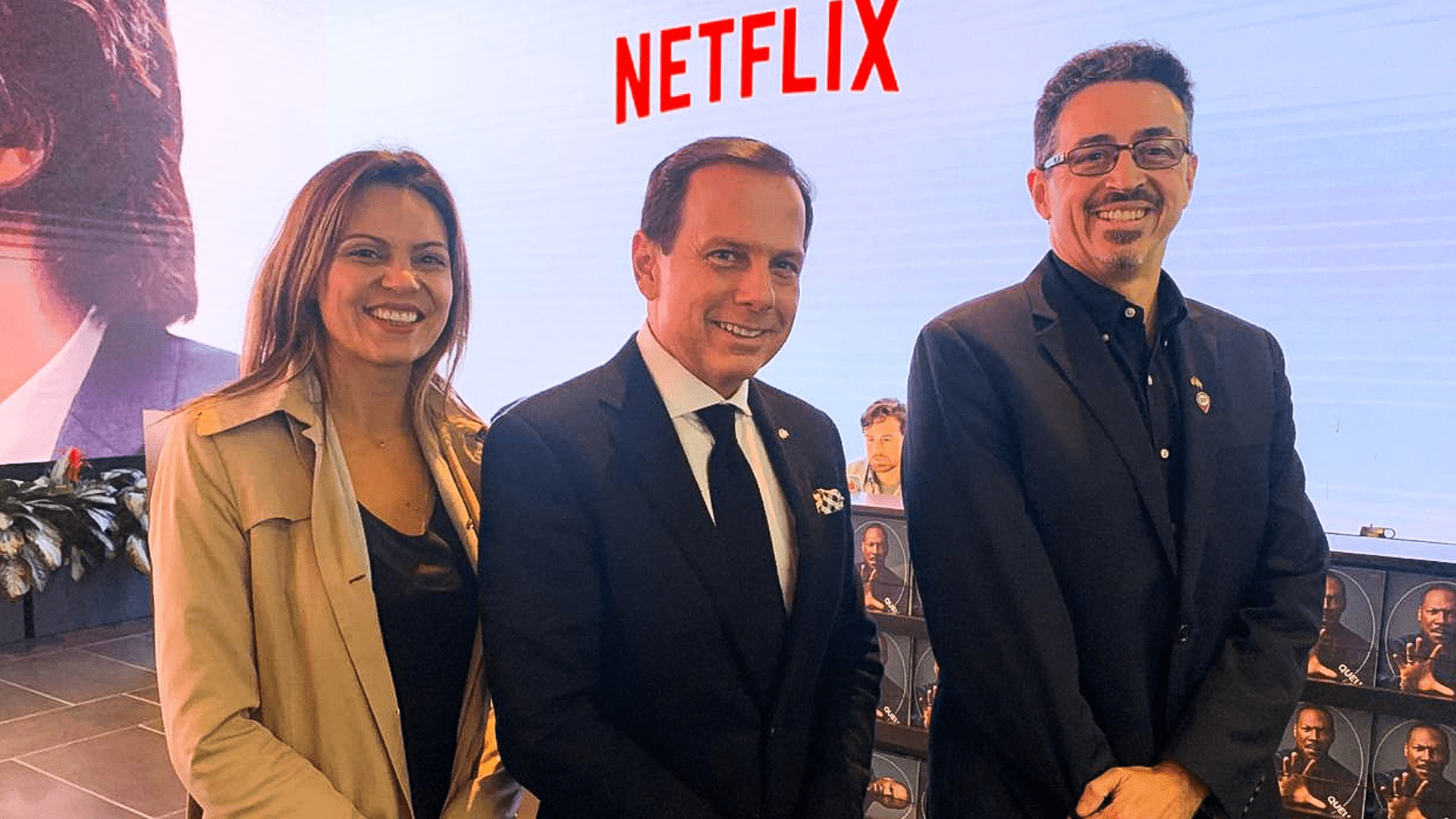Netflix has implemented a significant change to its billing system, discontinuing the option for users to pay for their monthly subscriptions through Apple Pay or iTunes.
While the streaming giant ceased allowing new subscriptions via Apple’s App Store in 2018, existing users continued to have the option to pay through Apple Pay or iTunes. The recent alteration, however, has eliminated this choice, affecting users in “select countries,” particularly those on the Basic subscription plan.
Netflix Says to Add a New Payment Method or Lose Subscription

The company, without specifying the impacted countries, has notified users through its website that Apple-billed customers may need to add a new payment method or risk losing their subscription.
This move has sparked frustration among subscribers, with some reporting instances of double billing since the change. Furthermore, users have been compelled to confront Netflix’s recent price hike, where the Basic plan surged from $9.99 to $11.99 per month in October of the previous year.
Why Did Netflix Terminate Apple Pay and iTunes Payments?

Netflix’s decision to terminate Apple Pay and iTunes as payment options is strategic, aiming to avoid the in-app fees imposed by Apple, which range from 15% to 30%.
This move aligns with Netflix’s broader strategy to boost its revenue streams.
Netflix’s Recent Challenges

Netflix encountered challenges in recent times, marked by a notable loss of 200,000 subscribers during the first quarter of 2022.
Additionally, the company underwent substantial changes to its business model, causing a ripple effect on its stock price. These shifts in Netflix’s strategy also had implications for other major streaming platforms, including Disney and Roku.
Netflix Charges for Password Sharing Outside of Households

In May of the preceding year, the streaming service initiated charges for password sharing outside of households.
By July, the Basic subscription plan was retired for “new or rejoining members,” and in October, prices were increased across all subscription plans.
New Netflix Policy for Users Outside of Account Holder’s Household

Netflix used to tolerate sharing with partners or family members in different locations, despite it technically violating terms of service.
As noted, the company’s stance has evolved, with recent testing of new pricing plans that enable users to add additional homes (not just individuals) to their account for an extra fee. Therefore, sharing the account with someone beyond your household now requires payment of an additional fee.
Netflix Removes Users from Retired Basic Plan

In its fourth-quarter earnings report for 2023, Netflix hinted at further changes, announcing the removal of users in Canada and the U.K. from the retired Basic plan by the second quarter of this year.
The report indicated a shift towards the Ads plan, which accounts for 40% of all Netflix sign-ups in ads markets. The retirement of the Basic plan in certain ads countries, starting with Canada and the U.K., suggests a broader strategy to optimize revenue and user engagement.
Netflix is Reshaping Subscription Plans to Leverage Advertising

Netflix’s strategy is not only about streamlining its billing process but also about reshaping its subscription plans to align with evolving market dynamics and user behaviors.
The focus on ads-driven subscriptions underscores a shift in the company’s revenue model, leveraging advertising to augment its financial standing. As Netflix explores alternative revenue streams, the modification to billing methods represents a pivotal step in optimizing its financial operations.
Netflix’s Action Align With Larger Industry Trends

While the change has generated discontent among users, Netflix’s decisive actions align with industry trends and the company’s evolving business model.
As the streaming landscape undergoes continuous transformation, companies like Netflix must adapt and innovate to maintain competitiveness. The move away from Apple Pay and iTunes payments is a calculated decision, allowing Netflix to retain a larger share of its subscription revenue and explore new avenues for growth.
Streaming Industry At Large

Despite the challenges faced by Netflix, the streaming industry at large has witnessed sustained growth.
In the first quarter of 2022 alone, there was a significant increase, with 37.4 million new gross subscription video-on-demand (SVOD) customers. This remarkable growth reflects a three-year compound annual growth rate (CAGR) of 54%, highlighting the industry’s resilience and expansion compared to the figures from 2019.
New Players and Cancellation Rates

The surge in subscriptions can be attributed to the emergence of newer streaming platforms like Peacock and Paramount+, which, collectively, acquired an additional 6.1 million subscribers in the first quarter of 2022.
Nevertheless, the industry experienced an increase in cancellations, resulting in a net loss of 29.8 million subscribers in the first quarter of 2022. Notably, Peacock and Paramount+ constituted 80% of the overall market’s growth during this timeframe.
Subscriber Satisfaction is Key to Netflix’s Future Success

As the streaming giant continues to navigate a rapidly evolving market, subscriber satisfaction remains paramount (no pun intended). Communication with users about billing changes and ensuring a seamless transition are crucial aspects of maintaining a positive user experience.
Netflix’s commitment to expanding its revenue streams demonstrates its resilience in a dynamic industry, but the company must strike a balance between financial optimization and user satisfaction to sustain its leading position in the streaming landscape.
